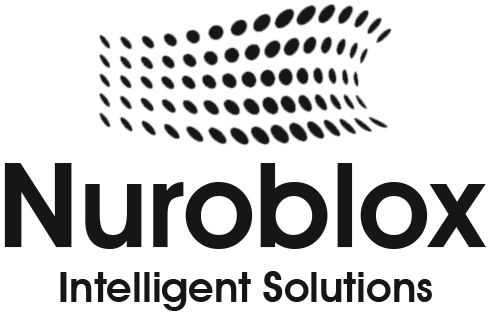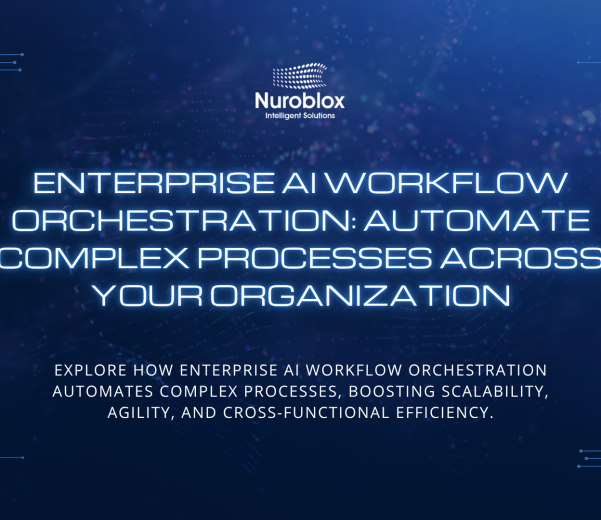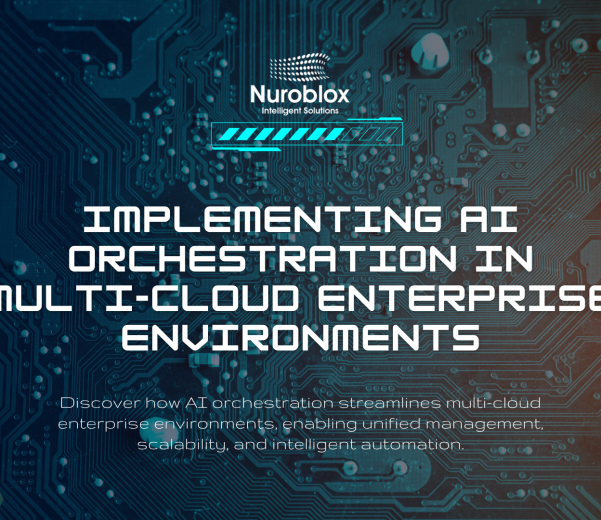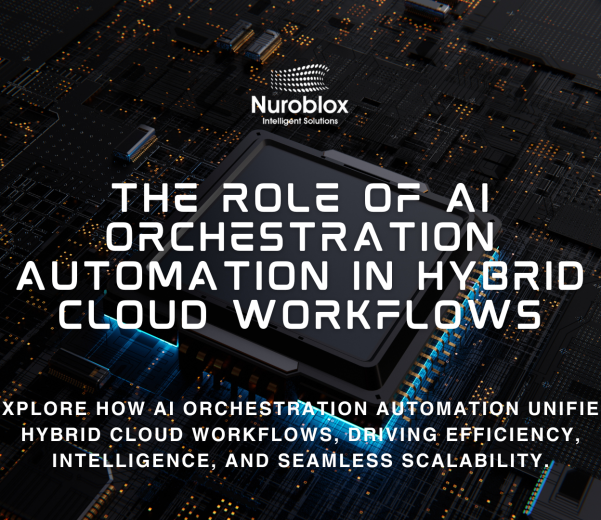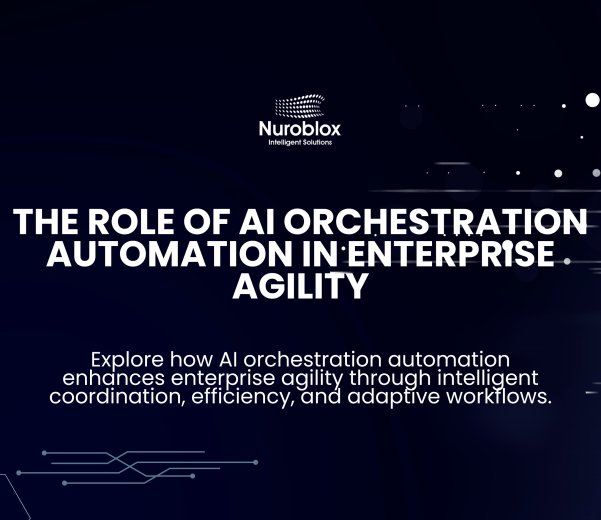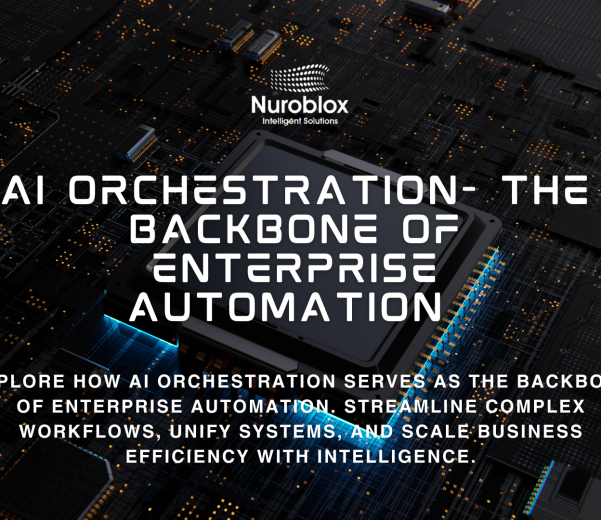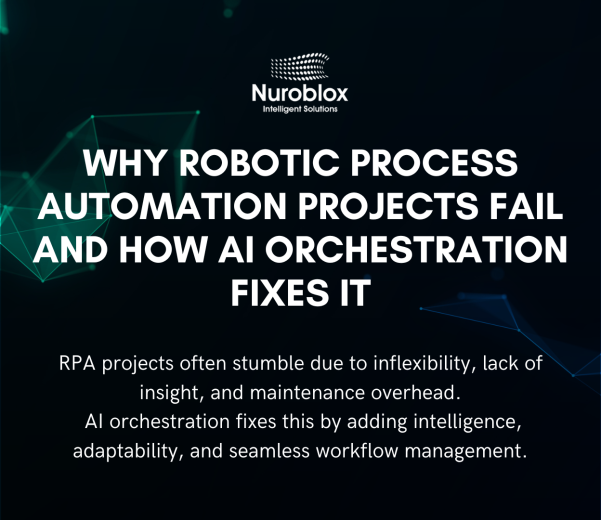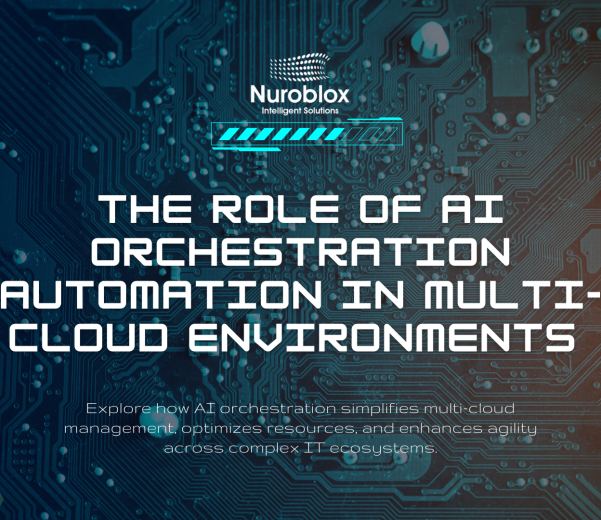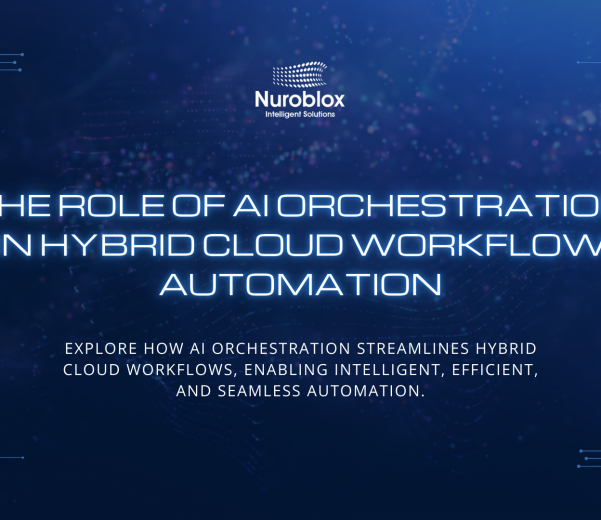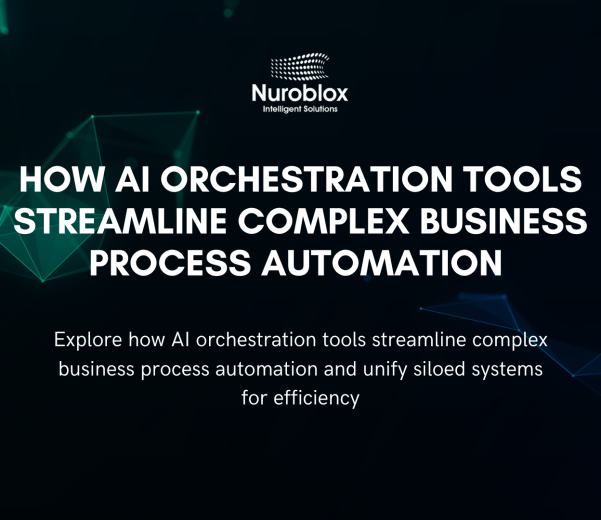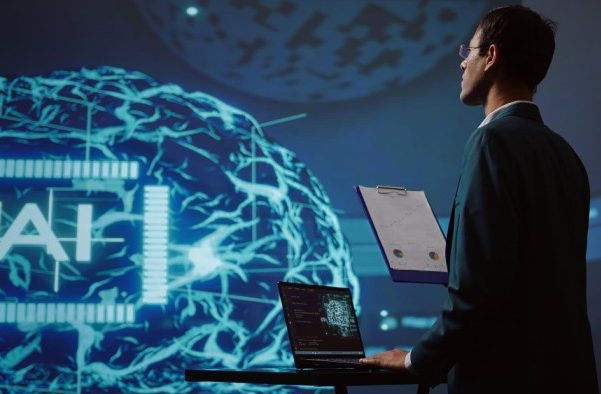AI Orchestration
- Home
- AI Orchestration
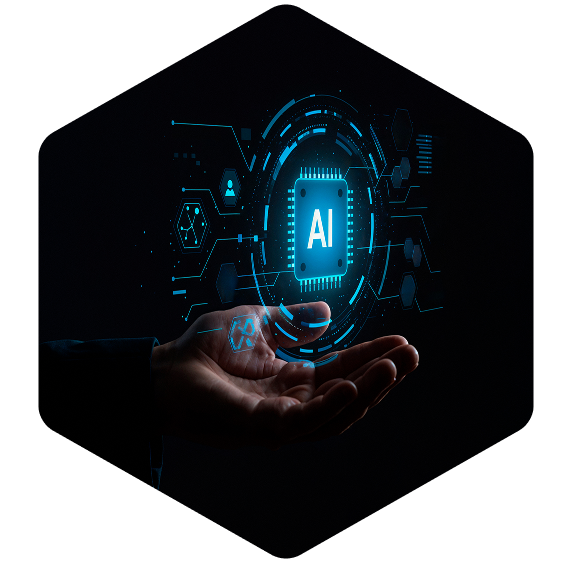
// ABOUT AI ORCHESTRATION
AI ORCHESTRATION
In today’s enterprise landscape, businesses rely on multiple AI models, data pipelines, and automation workflows. AI orchestration unifies and manages all these moving parts to deliver seamless, end-to-end intelligence. It ensures that AI solutions scale efficiently, stay reliable, and deliver measurable business value.






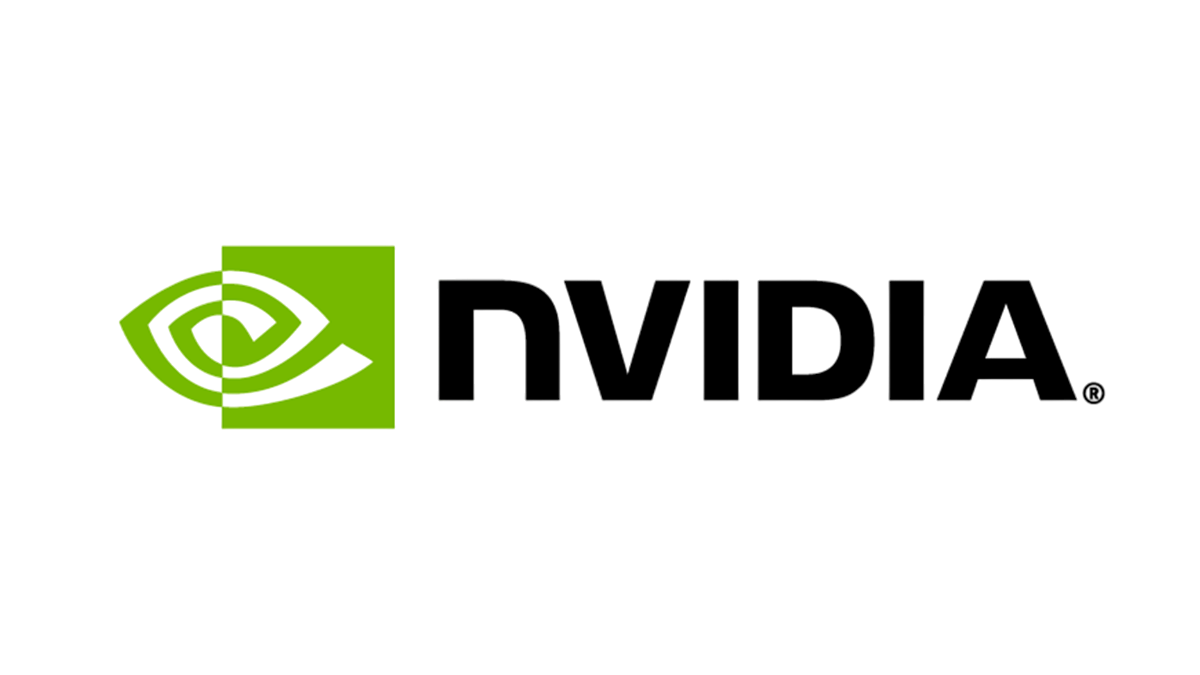
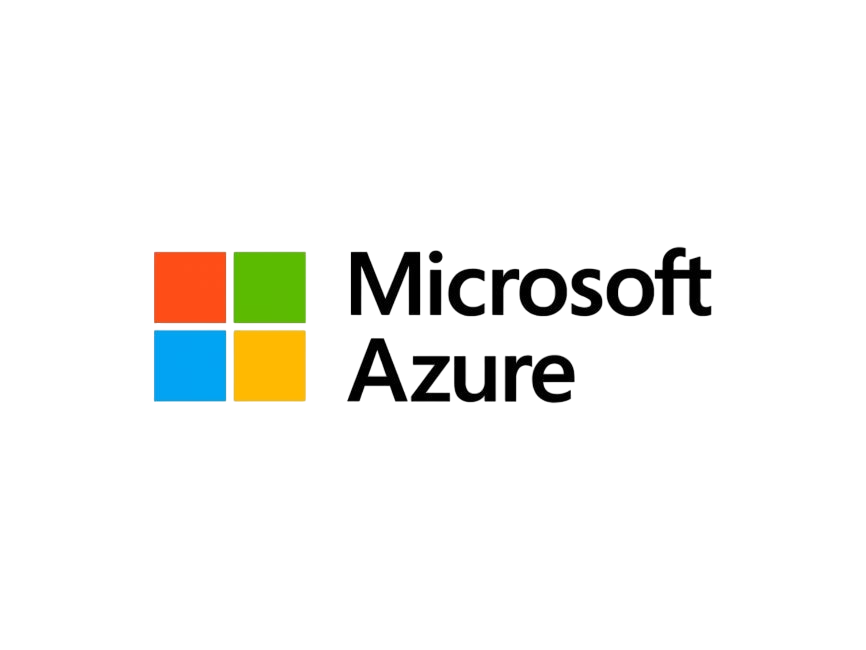

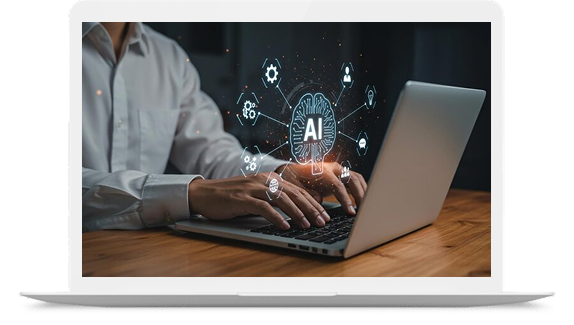
What is AI Orchestration?
AI orchestration is the process of coordinating and managing multiple AI components models, APIs, data sources, and automation tools into a single, streamlined workflow. Instead of treating each AI system as an isolated asset, orchestration binds them into a cohesive ecosystem that’s easier to deploy, monitor, and scale.
Benefits of AI Orchestration
Seamless Integration
Connects AI models, ML platforms, ERP systems, IoT devices, and cloud services into unified workflows.
Scalability & Efficiency
Automates repetitive processes and enables faster deployment across business units.
Better Decision-Making
Delivers real-time insights by aligning AI models with structured and unstructured data flows.
Better Decision-Making
Delivers real-time insights by aligning AI models with structured and unstructured data flows.
How Does AI Orchestration Work?
AI orchestration works through a layered coordination system-
- Integration Layer – Connects to multiple AI models, APIs, and enterprise systems.
- Workflow Engine – Defines, automates, and manages execution of tasks.
- Data Pipeline Management – Ensures data flows seamlessly across different AI services.
- Monitoring & Optimization – Continuously tracks model performance, resource usage, and workflow efficiency.
- Governance Layer – Provides compliance, audit trails, and security across orchestrated systems.
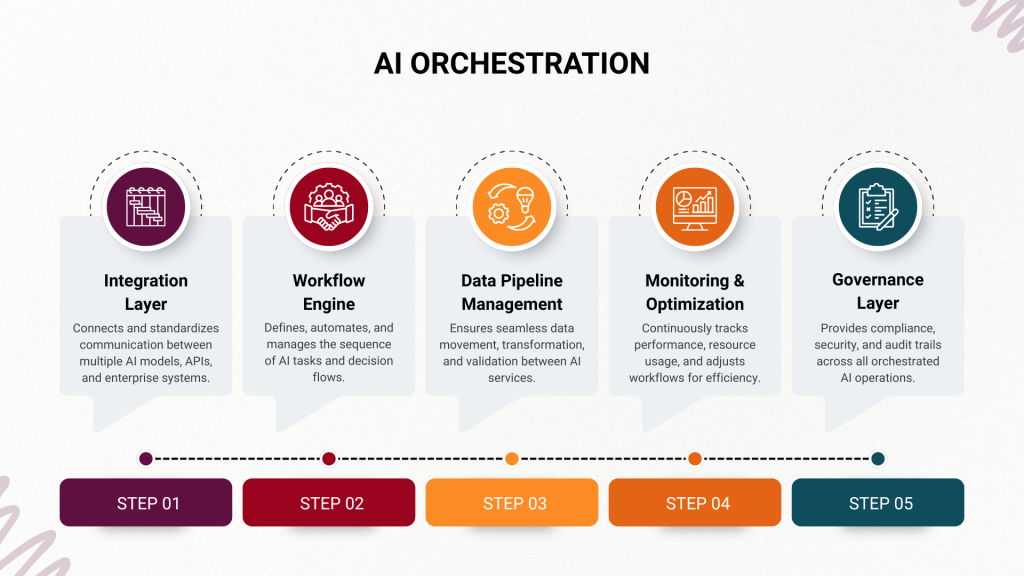
We’re Here to Assist You and Address
All Your Questions Anytime!
Challenges in
AI Orchestration
Integration Overhead
Implementing orchestration platforms and APIs requires upfront investments, adding cost and complexity to adoption.
Data Silos
Disconnected systems and fragmented databases make it difficult to integrate data, limiting the effectiveness of AI workflows.
Regulatory Compliance
Ensuring data privacy, security, and adherence to regulations is challenging when orchestrating multiple AI systems.
Regulatory Compliance
Ensuring data privacy, security, and adherence to regulations is challenging when orchestrating multiple AI systems.
Future of AI Orchestration

